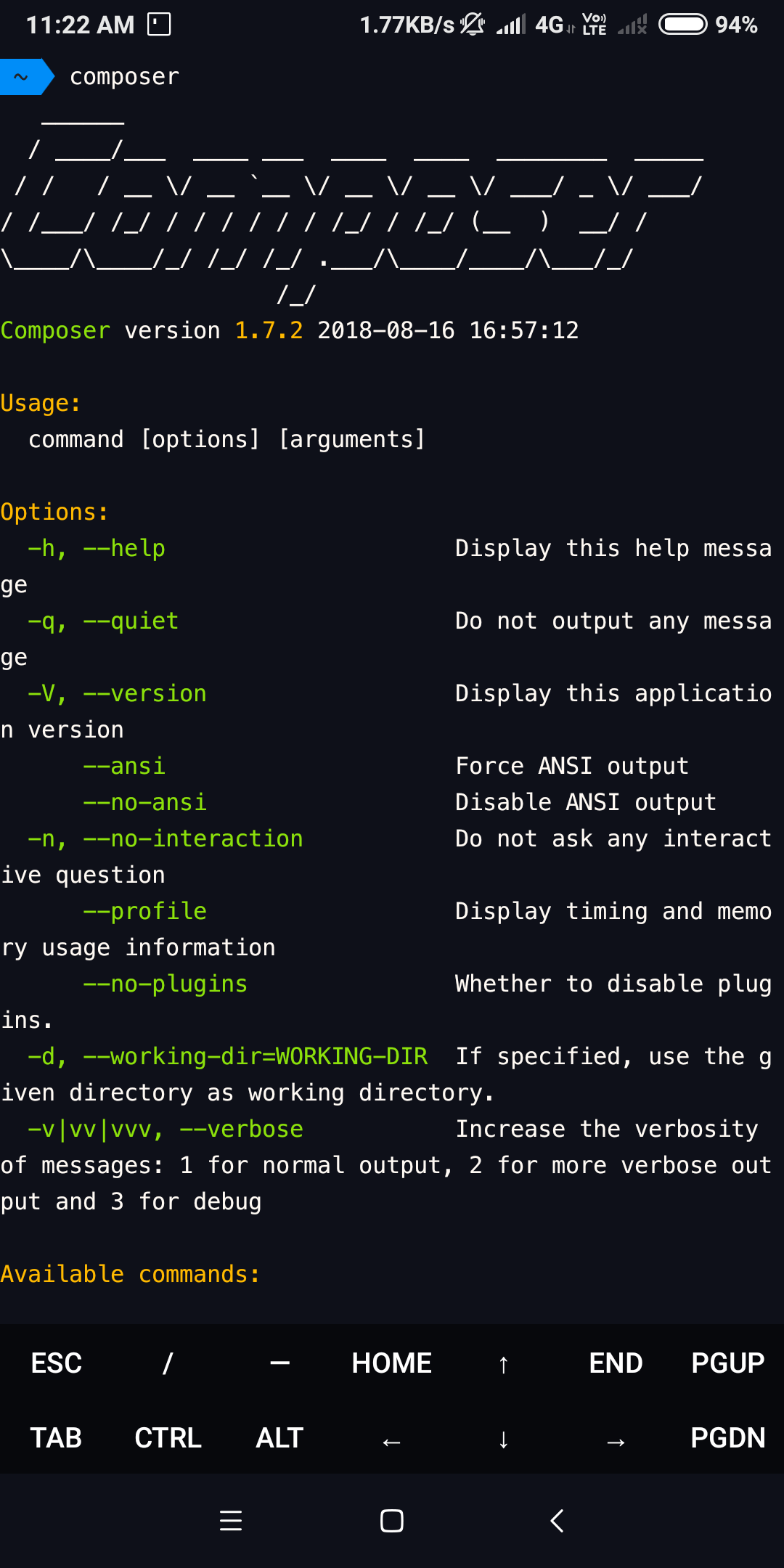

- #CONFIGURE TOR PROXY UBUNTU PHP INSTALL#
- #CONFIGURE TOR PROXY UBUNTU PHP UPDATE#
- #CONFIGURE TOR PROXY UBUNTU PHP SOFTWARE#
- #CONFIGURE TOR PROXY UBUNTU PHP ZIP#
Īnd we will create a robot file.txt so that these pages are not indexed by default. Where we will add the content of the default page.

To prevent the default sites from being displayed, we will delete the default pages. Systemctl status rvice Cleaning the default sitesīy default, the system responds to the IP address and other elements. Later, and in the same way as the rest of the elements, we are going to configure it to start automatically if the server is restarted.
#CONFIGURE TOR PROXY UBUNTU PHP UPDATE#
apt -y update & apt -y upgrade & apt -y dist-upgrade & apt -y autoremove To work with improvements in the performance of the object cache, we are going to leave Redis ready as a storage system.

We will also take the opportunity to update the PECL. Now that we have PHP correctly installed, let’s activate it so that when the system restarts it runs automatically.
#CONFIGURE TOR PROXY UBUNTU PHP INSTALL#
add-apt-repository ppa:ondrej/phpĪpt -y install php8.0 php8.0-fpm php8.0-common php8.0-dev php8.0-cli php8.0-bcmath php8.0-curl php8.0-gd php8.0-imap php8.0-mbstring php8.0-mysql php8.0-opcache php8.0-soap php8.0-xml php8.0-zip php8.0-xdebug libgeoip-dev php-pear pkg-config imagemagick libmagickwand-dev php8.0-imagick First we will do the installation of the most updated packages (which are not those that come with the operating system) and that in case of needing it, in addition, they would allow us to have several versions of PHP in parallel. In this case we are going to install the PHP 8.0 version. Systemctl status rvice Installing PHPĪt this time we already have the web server, so we are going to install and configure PHP to work properly with the database and the web server. Now that we have nginx installed, we are going to configure it to start at the system restarts automatically. To be up to date, we will not use the version that comes with the operating system, but a more updated and maintained one. Systemctl status rvice Installing nginxįrom here we have the database configured and we will proceed to the installation of the web server. Now we will make it run on the system restarts and start it. Remove test database and access to it? : YĪt this time we will have the database configured. To the rest of the questions, we will answer the following: Remove anonymous users? : Y In case you have not put any, it is highly recommended to put a strong password. To the question of whether we want to change the password, depending on whether or not we have put in the installation, we will change it. For this we will use the secure installation system, which will ask us some questions. Now that it is installed, we will proceed to the initial configuration. curl -sS | sudo bash -s -mariadb-server-version="mariadb-10.5"Īpt -y install mariadb-server mariadb-client The first thing we will do is configure the download, and then its installation. In this case we are going to use MariaDB 10.5. The next step will be the installation of the database.
#CONFIGURE TOR PROXY UBUNTU PHP ZIP#
apt -y install software-properties-common curl vim zip unzip apt-transport-https Installing MariaDB
#CONFIGURE TOR PROXY UBUNTU PHP SOFTWARE#
Once everything is updated, we install some tools and base software that can be useful to have on the system. lsb_release -aĪpt -y update & apt -y upgrade & apt -y dist-upgrade & apt -y autoremove The next thing we will do is check the version of the operating system and, subsequently, make a complete update of it. In this case we will configure the universal time zone UTC. Once the operating system is installed, the first thing we will configure will be the server time. In addition, port 80 for web connections. Remember that if you are going to mount the system, both locally and externally, you must leave port 9050 available (and if you want external control, 9051) so that the necessary sockets of the Tor network can be opened. In addition, you have the possibility to create your VPS with the WordPress image in one click.
You can create your own VPS from 3€/month. This tutorial has been created on a Clouding.io VPS.


 0 kommentar(er)
0 kommentar(er)
